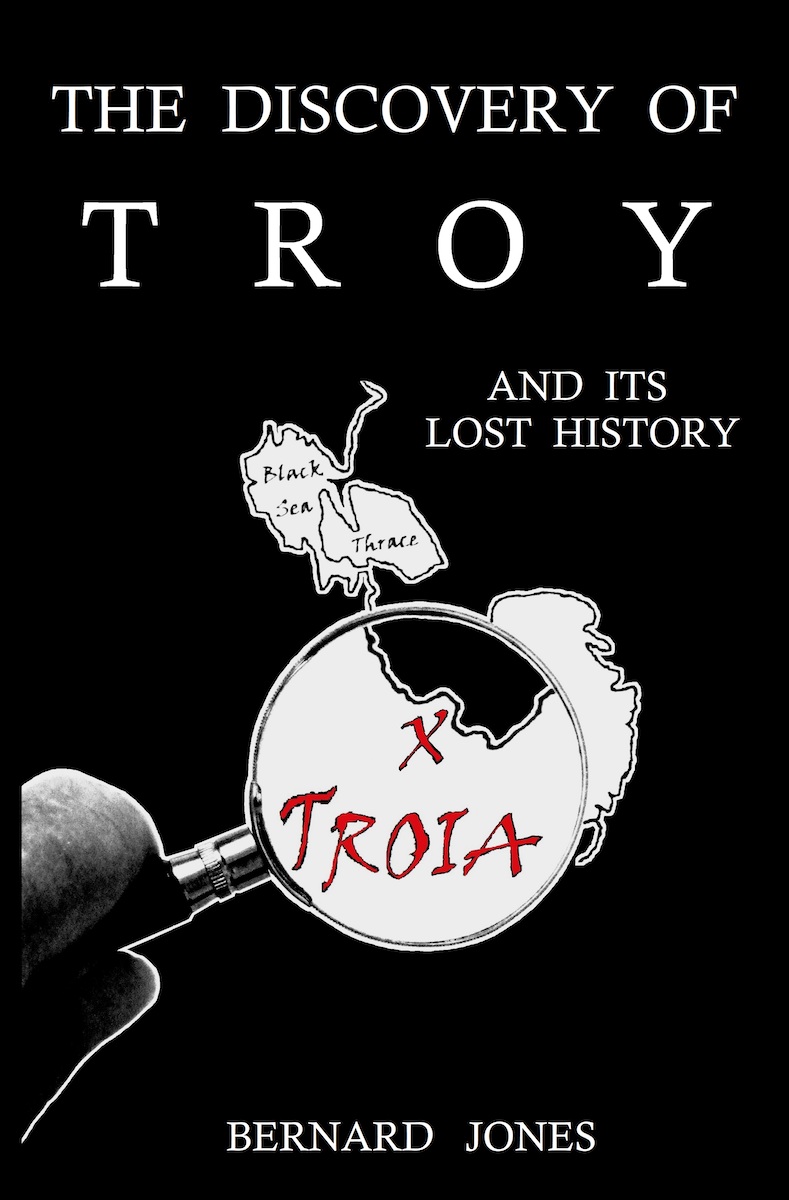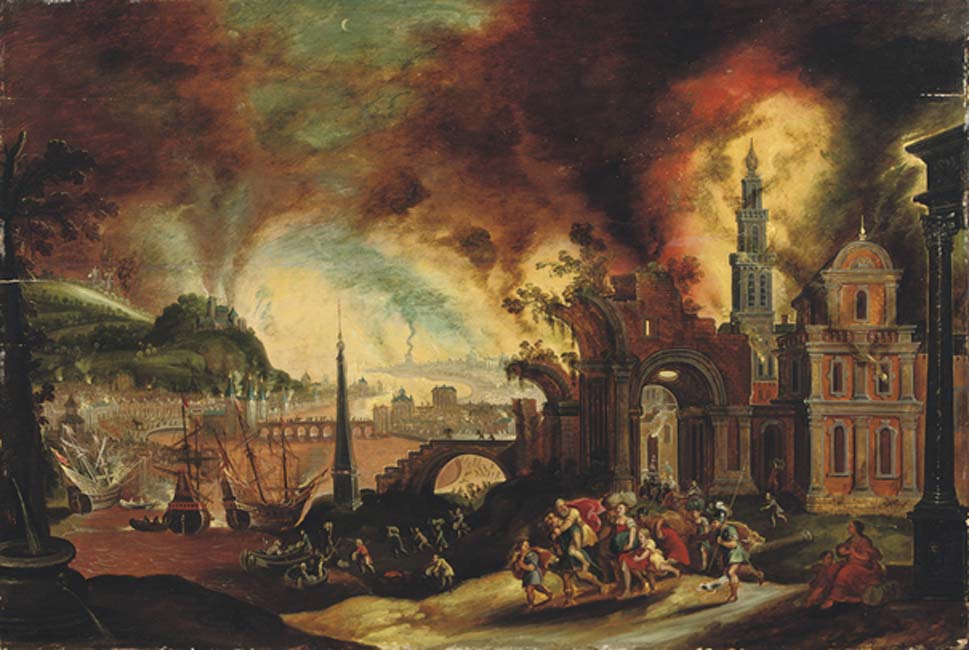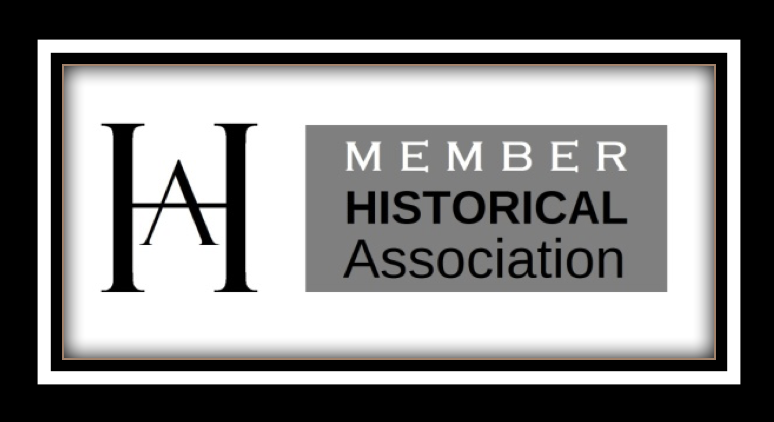
Homer’s Iliad Casts Doubt on the Aegean Location of Troy
20 MAY, 2019 - 19:01 BERNARD JONES
Historian Bernard Jones has spent more than three decades researching the ‘Story of Troy’ and he maintains that Homer’s Iliad is the greatest reference work on the Bronze Age world. Homer describes with great accuracy an infinite number of matters relating to the natural world and the environment of the Greeks and Trojans. He gives flawless accounts of the oceans and the climate, the landscapes, the people and cultures. Bernard says that there is a wealth of evidence in the Iliad to be used in investigating the story of Troy. What Homer tells us however, casts doubt on the opinion that Bronze Age Troy was in the Aegean.
Looking Past the War Stories
Homer gives detailed information on an infinite number of matters relating to the natural world in which he lived. It is quite likely though that when reading the Iliad for the first time many people may not even notice the information because it is embodied in the text in very subtle ways and is easily missed. From the outset it is undoubtedly the battle scenes that impress themselves on the mind.
‘Aeneas carrying his father Anchises from the burning city of Troy’ (1627-1664) by Daniel van Heil. Details in the Iliad cast doubt on the generally accepted location of Troy. Source: Public Domain
The enormity of the war, the vast numbers of ships and men and chariots and horses, the violence of battle, the never-ending struggle for glory , the brutality, death, blood, and gore. It is overwhelming. Under such a bombardment it is impossible to take in the many microscopic and beautiful details of the natural world that present themselves fleetingly through the carnage of the battlefield. Even after two, three, or four readings of the Iliad many of these details can still be missed.

Iliad VIII 245-253 in codex F205 (Milan, Biblioteca Ambrosiana), late 5th or early 6th c. AD. ( Public Domain )
Throughout the Iliad Homer describes the seas as being salty. He uses the terms ‘grey’ sea and ‘wine-dark’ sea, the ‘sounding’ sea, and the ‘roaring’ sea. He tells us of the black rollers which pile up seaweed all along the beach, the grey and thundering surf, and the hissing waves. He describes squalls, choppy seas, and the storm-tossed sea when billows tumble over the bulwarks of a ship.
He also tells us that the much-traveled seagoing ships of the Achaeans were fast ‘salt-watercraft’, and when they reached land the sailors cast anchors and made the hawsers fast. The picture that emerges from the Iliad is unambiguous. It is a picture of a sea that is continually in tumult, and the predominant color is grey. These are accurate descriptions for the Atlantic but not for the Mediterranean.

Sea scene from the Odyssey of Odysseus and Polyphemus (1896) by Arnold Böcklin . (Public Domain )
Weather and Geographical Factors
Of course, it is not only the sea that Homer describes in the Iliad. He gives an account of the weather in such detail that any reader could be forgiven for thinking that the Trojan War must have taken place in the North Sea . He tells us of dark clouds, blustering winds, the thunder-laden sky, heavy rain and winter torrents. There is fog, chilling hail, and mist which is so thick that ‘a man can see no further than he can heave a rock’. Surprisingly, he describes snow by comparing it to the stones being thrown by the Achaeans and Trojans in the thick of battle :
“Stones were falling thick as snowflakes on a winter day when Zeus the thinker has begun to snow and let men see the javelins of his armament; when he has put the winds to sleep and snows without ceasing till he has covered the high hilltops and the clover meadows and the farmers fields; till even the shores and inlets of the grey sea are under snow and only the breakers fend it off as they come rolling in – everything else is blanketed by the overwhelming fall from Zeus’s hand.”
Such an overwhelming blanket of snow that covers the whole land excepting only the rolling waves appears to indicate some northern land. This is borne out by Homer’s descriptions of Trojan and Achaean skin coloring. The Danaan Captains and Counsellors all had white flesh, as did all of the warriors involved in the war. The Trojan Lycaon had white flesh, whilst Helen and Andromache were called ‘white armed’. Aias is referred to as having ‘lily white skin’, an epithet at odds with a Mediterranean/Aegean skin coloring. In addition, Homer always refers to the Trojan and Achaean spears as ‘long shadowed’, possibly indicating the fact that the sun shone at an oblique angle, hence a northern land again seems probable.

‘The Abduction of Helen’ (1530-1539) by Francesco Primaticcio. ( Public Domain )
Homer gives us valuable information about the homelands of the various contingents in the Trojan and Achaean armies. Throughout the Iliad he uses the phrase ‘bountiful earth’ when referring to them, and his descriptions indicate a veritable ‘Garden of Eden’ . This garden though cannot be in the Aegean or the Mediterranean. There are rich estates in a fertile countryside, wooded peaks, and forests. He tells us of the deep meadows and reedy banks of Asopus, the spreading lawns of Mycalessus, grassy Haliartus, and flowery Pyrasus. The rolling lands of Lacedaemon are deep in the hills, whilst Pteleus is deep in grass. There is Sicyon of the broad lawns, and Mount Phthires of the myriad leaves. He tells us also of the fertile lands of Tarne and Achaea, and the deep-soiled lands of Thrace, Paeonia, Larissa, Phthia, Ascania, and Troy. We are told of the corn-lands of Buprasion, and Argos with its corn-lands and orchards. Phrygia is the land of vines and galloping horses, whilst Lycia is a broad and fertile realm with lovely orchards and splendid fields of wheat. These countries are rich in grazing lands, plough lands, tilled fields, farms, farmyards, threshing floors, reaping, fishing, hunting, and horse breeding. The land is so rich and fruitful that it is impossible for it to be the modern Greece of today, where thin rocky soils are typical of the whole area and less than 25% of the land could ever be cultivated.

The bay of Vai (Crete, Greece). (Marc Ryckaert/ CC BY 3.0 )
The south and west Mediterranean areas of Turkey are characterized by thick scrubby undergrowth, whereas the interior is semi-arid. There are rolling plains in European Turkey (Thrace) and dense forest along the Black Sea coast but nowhere else matches the detailed descriptions given by Homer. As far as the last 5,000 years are concerned, aromatic herbs, cork oak and bare white limestone are considered to be the embodiment of the natural Mediterranean world. The summer-dry evergreen forest, scrub, and dry heath are distinctive features.
Neil Roberts, in his environmental history of the Holocene, states that Mediterranean-type environments are also distinguished by their stark, often memorable landscapes. He gives as an example an Aegean island – bare white limestone and blue sea. What we can say with certainty is that it is not a Mediterranean environment that Homer is describing in the Iliad.
Other Features that Don’t Fit with a Mediterranean Location of Troy
The homelands of the Achaeans and of the Trojans and their allies were ‘rich in flocks and cattle’. Iton was known as the ‘mother of sheep’, whilst Athens was known for its bulls and rams. Orchomenus was rich in sheep, Argos in horses, and Cilician Thebe in shambling cattle and white sheep. Homer refers to ‘unnumbered flocks’ and describes the booty when Nestor raided the herds of Itymoneus in Elis. He took away with him fifty herds of cattle, fifty flocks of sheep, as many droves of pigs, the same of herds of goats, together with 150 mares and a large number of foals. In addition to those already mentioned, Homer describes other animals as well as many different birds, fish, insects, and a wide variety of trees and plants.

Thetis gives her son Achilles his weapons newly forged by Hephaestus, detail of an Attic black-figure hydria, ca. 575 BC–550 BC. ( Public Domain )
These lands produced wheat, corn, barley, rye, honey, wine, and bread. There were farmers, farm hands, shepherds, physicians, and surgeons. Homer describes weaving, spinning, dyeing,
sewing, embroidery, basketwork, wickerwork and the exquisite works of craftsmen, in wood, leather, and metals. Trojan and Achaean warriors were clad in bronze; and gold, silver, tin, and copper were used on their shields, helmets, greaves, and swords. Iron was used for axes, and a quoit of pig iron was highly valued. These metals, however, were not available together in the Aegean world, so where did they come from? It is a mystery that continues to perplex many scholars even today.
There were market places in the cities, widespread trading, and the currency in use was the ox. When describing life in the Achaean camp, in Troy and other cities, Homer tells us of slaves, servants, maids, nurses, ladies-in-waiting, priests, prophets, heralds, chieftains, lords, princes, and sceptered kings. There were codes of honor and respect to be observed and generally accepted rules of hospitality.

Ajax defending the Greek Ships against the Trojans. from The story of the Iliad, 1907. ( Public Domain )
Throughout the Iliad there is an innate love of storytelling and knowledge of family history and genealogy, and this is demonstrated time after time by many of the participants in the war. Here again it is puzzling that the society that Homer describes is a warrior aristocracy more easily recognizable in that of the early Celts. This heroic age is reflected in the Irish tales commonly known as the Ulster Cycle .
Wherever Troy was located it was certainly not a land-locked region. Here again, Homer describes its headlands, coasts, and beaches, as well as the shores and inlets of the sea. It may seem surprising but the detail provided by Homer indicates that Bronze Age Troy was elsewhere, other than the Aegean.
A Wealth of Information in Homer’s Work
Unbelievably, almost nothing is known about Homer. It is not known, for example, who he was, where or when he lived, or even if his name really was Homer. It is generally considered that his work, the Iliad, was orally composed between 850 and 950 BC and first written down about 400 years later. Most of the surviving manuscripts are from the 14th and 15th centuries AD. It was at this time that Italians brought back a large number of them from the Byzantine Empire . The first printed version appeared in Florence in 1488 AD, followed by many others that permeated Europe after the 16th century.

‘The Burning of Troy’ (1759/62) by Johann Georg Trautmann. ( Public Domain )
Bernard says that his own book is indebted to Homer because he has been the fountain of knowledge by which his research on the ‘Story of Troy’ has been seen through to its conclusion. As a reference work the subject matter covered in the Iliad is truly monumental. It includes anthropology, zoology, sociology, biology, cosmology, and theology, but to refer to its contents as encyclopedic does not do it justice. Homer provides information that embraces technology, arts and crafts, history, geography and climate, ornithology, philosophy, mythology, and much more. His work is kaleidoscopic. Above all, he distils and purifies the knowledge into the narrative of his work in such a way that the Iliad will forever remain an enigma.
For full exploration of The Trojan War, ‘the greatest catastrophe of the ancient world’, ‘ The Discovery of Troy and Its Lost History’ by Bernard Jones is available from Amazon. You can find out more about the author and his works at his website, www.trojanhistory.com or facebook page, www.facebook.com/trojanhistory.
Jones, B. ‘ The Discovery of Troy and Its Lost History ‘, Trojan History Press, 2019
Dillon, M. and Chadwick, N. , The Celtic Realms. Castle, 2003
Homer, Iliad.
Roberts, N. The Holocene: An Environmental History . Wiley-Blackwell, 2014
https://www.ancient-origins.net/ancient-places-europe/location-troy-0011933









